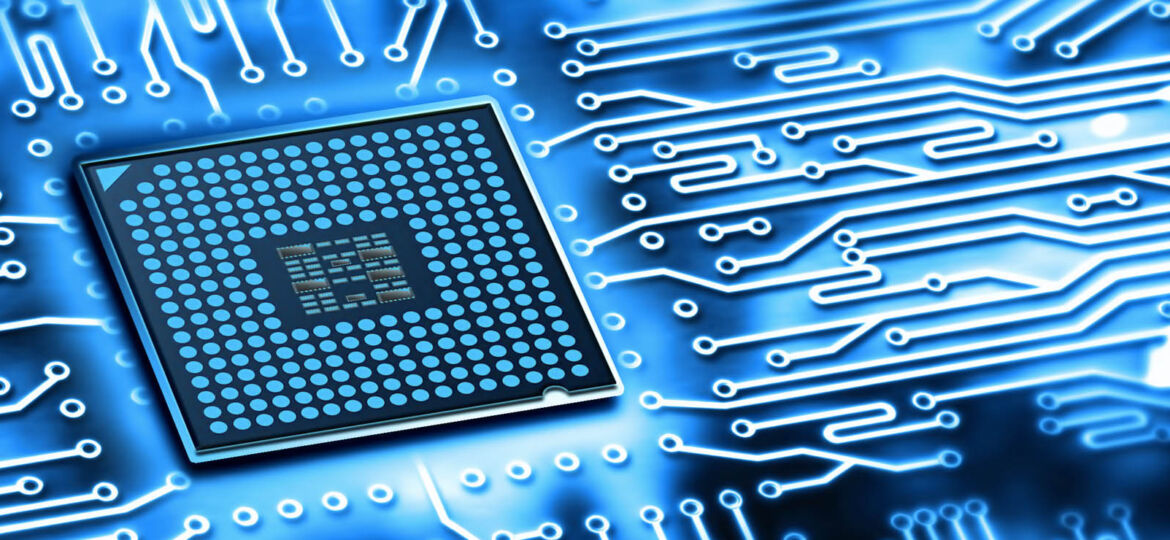
WHY THIS MATTERS IN BRIEF
Caltech have built a new kind of microchip that can learn to heal its own information pathways.
One of the reasons why robots and artificial intelligence programs — even very sophisticated ones — do not qualify as living things is because they lack the capacity for self-repair. Fry a machine’s circuits, and it can do nothing except wait for a human to repair it but a team of researchers at the California Institute of Technology (Caltech) has taken some of the first steps toward making a self-healing machine by creating a computer chip that can learn to heal its own information pathways.
The chip comes from the High-Speed Integrated Circuits laboratory, which specializes in microchip technology. There are thousands of pathways by which information can travel through a microchip, but because each one is very specialized, a single fault traditionally renders the whole system inoperative.
Each chip contains more than 100,000 transistors, which don’t all function simultaneously. Rather, the researchers burned vast swaths of transistors out of the chip with a laser, then allowed the systems to recalibrate. As long as the blast did not catch any data caches in its crosshairs, the chip could seek out alternate routes and continue to function. With the help of an application-specific integrated-circuit (ASIC) processor on each chip, the system could “learn” which pathways were broken and adjust accordingly.
If a traditional microchip is comparable to an electric circuit (remove one piece and the entire system collapses), this new technology is more similar to a human brain. If one pathway becomes inaccessible, the brain will discover novel ways to relay information. Of course, it is possible to inflict catastrophic damage on a system (be it brain or microchip) from which it cannot recover, but with more than 100,000 methods of delivery, these microchips could prove to be extremely robust.
The self-healing chips are an intriguing step in machine evolution, but they do lack one crucial feature of actual living things: the ability to regenerate over time. While the Caltech microchips can withstand extensive damage and figure out ways to work around it, a section fried by lasers will still be fried years later. Unlike biological tissue, which repairs itself over time, each chip has a limited shelf life.
Still, the fact that the microchip is not yet completely analogous to living things should not take away from the novelty of the invention or its potential usefulness. Right now, if a microchip in your computer or cell phone burns out, the whole system is essentially out of commission until you can replace the chip, to say nothing of any data you had stored on it. Implementing these devices in consumer tech could save countless hours and dollars in tech support.
“Bringing this type of electronic immune system to integrated-circuit chips opens up a world of possibilities,” said Ali Hajimiri, a Caltech engineering professor. “[Microchips] can now both diagnose and fix their own problems without any human intervention, moving one step closer to indestructible circuits.”
















